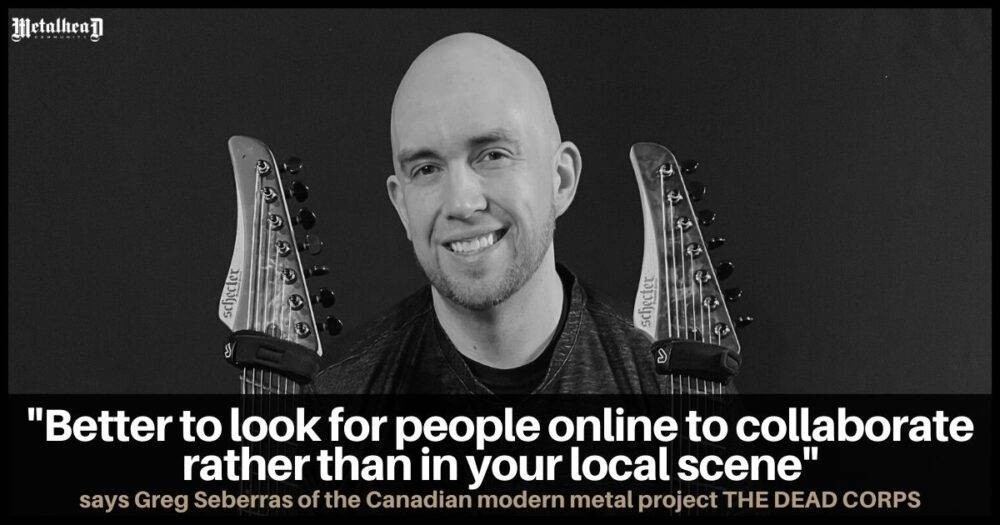
Better to look for people online to collaborate rather than in your local scene, says Greg Seberras of the Canadian modern metal project THE DEAD CORPS
Today, we are together with a promising songwriter and guitarist Greg Seberras, who told about his personal life, music project The Dead Corps, making an album, future plans, and metal music in Toronto, Canada. As some of our readers might recognize, The Dead Corps’ first full-length studio album “All Ears“ was released on 17 December 2021, and we have reviewed the album carefully for you here on Metalhead Community.
Q1 – How would you describe Greg Seberras’ one regular day to us?
A1 – Drastically less exciting than my music to be honest! My guitar playing may fool people into thinking I am a pro musician, but the truth is I am a hobbyist. I have a career in another professional field and music is a part-time diversion for me that I do for fun. Some days I do not have time for guitar at all, but I try my best to squeeze in half an hour to an hour of practice a day if possible.
Q2 – How “The Dead Corps” was born? What can you tell us the story behind this project?
A2 – There’s a lot of history behind it. The Dead Corps was born out of being frustrated with the limitations of the local talent pool in the Greater Toronto Area. For years I would put up classified ads with a mission to find like-minded, talented musicians to start a band with. Initially, I was trying to start a metalcore or deathcore band around 2008 to 2012 but the people that I, unfortunately, came across were mostly unreliable, sketchy, or just plain hacks. For example, there was this one guy that would show up to rehearsal and not know the words to the songs and just scream swear words (Laughs). I could probably do an entertaining series of Podcasts about all the strange, eccentric, or crazy people I encountered in search of bandmates.
It’s sad to say but nothing really took shape or form during this time and I actually gave up on music in 2012. A few years later, my girlfriend (now wife) saw the dusty, seldom-played guitars hanging on the wall at my house and asked why I don’t play anymore. She accidentally encouraged me to start playing again without being a fan of heavy music at all. It took some time for me to build my chops back up but I emerged as a better player and then tried to start another band around 2017.
From 2017 to 2019 I was in a struggling death metal band in which we did shows and released a couple of short EP albums. Again, I found it very difficult to find reliable or talented musicians locally and I lowered my standards just to form a band and get things moving. The singer we had was consistently criticized for poor, inaudible vocals that sounded like vowel-growls and he never course-corrected based on feedback. We also had a long search for a bass player and never found a second guitarist. The whole thing came to an end in Winter 2019. I felt I had wasted so much time with those guys rehearsing for empty shows and recording music that pulled down my caliber of musicianship. Since I had been the principle composer for the band’s music, I thought why not just do a studio record…? Why be limited by the local talent pool and the traditional band approach…? Why not just find the best session players and put together a masterpiece…? If no one is coming out to local shows why not just do a studio/online band…? So, with those unorthodox ideas The Dead Corps was born.
I called the band “The Dead Corps” because I was feeling dead inside towards starting a band at that point. I was tired of pouring my passion and intensity into the local music scene and getting jerked around, held back, or being unheard. I ended up getting on Fiverr and found some very talented artists to collaborate with including Serouj Guidanian on vocals and Adam Ward on lead guitar. Those guys absolutely killed it on the album! In addition to the Fiverr crew, Eddie Lucciola from 414 Studios had produced the death metal EP albums I had worked on before and was down to work with me on my new material. It all came together nicely.
The Dead Corps is a bit of a play on words. The pronunciation is open to interpretation. You could say “The Deadcores” or “The Deadcore” or “The Dead Corpse” (Laughs) Take your pick! It could mean dead inside like I was saying earlier. There’s a lot of songs with war themes so I thought it would be cool to use the word “Corps” like the Marine Corps or a group of soldiers. Symbolically it could also mean that all the band, or the corps, are dead or do not exist since the project is basically a shell for my songwriting.
Q3 – As a collective/project, how special The Dead Corps is, in your opinion? What this band does better, or in a more special way than other bands in the same genre?
A3 – This project is special because it proves that the old-fashioned constraints of trying to form a local band do not apply anymore in the digital age. There’s no limits on collaboration and no rules. My advice to other artists out there is to evaluate your local scene before wasting significant time with it. It’s better to start off by looking for people online to collaborate with that fit the vision for your project.
In terms of the contrast or comparison to other bands in the genre, it’s a difficult question. I’m truthfully confused as to what genre The Dead Corps is because of the sub-genre gatekeepers in the broader metal community (Laughs).
I’ll get all sorts of comments that knock things off balance in terms of genre definition. For example, people will tell me that my music is Groove Metal, then the groove enthusiasts will say it’s too melodic to be groove. The Thrash Metal fans will say the guitars are tuned too low and the tempo isn’t fast enough on all the songs to be thrash. The Djent fans will say there’s not enough jazzy chords and or use of all 8 strings. The progressive metal fans will say there’s no synths. The metalcore guys will says it’s not “Core enough” for them. The melodic death metal guys will say the singing is selling out and all vocals have to be harsh. In the end, The Dead Corps is a solid modern metal that I encourage everyone to check out.
Q4 – About your debut album “All Ears”, first of all, what were the main influences in terms of sound, form, visuals, and general vibe?
A4 – Overall the vibe is a mix of influences from thrash, groove, metalcore, death metal, and djent. Rightly or wrongly, I set out to do a full album. It might not be trendy these days except for signed artists but I had 12 songs written already when we started recording and another 4 were written during the process. I was thinking of splitting the album into two releases, but it clocked in around 60 minutes which is still within the norms of an album in terms of length, so it stayed as one body of work.
The core value I held in high esteem when writing the songs was to make every single guitar riff totally slam. There are so many visceral grooves throughout the album that make you want to bang your head from start to finish. Other key ingredients for me were badass vocals, shreddy but melodic guitar solos, savage breakdowns, and double bass drumming. All the songs are played on 7 and 8 string guitars. Balance was very important for me as a songwriter and there are plenty of intensity builds, releases, and tempo changes throughout.
Thematically the album was intended to have transitional sonic interludes between groups of songs to break-up the intensity and heaviness for the listener. I wanted to create soundscapes the listener could get lost in. These included “A Grave Price to Pay” and “The Outdoor Room” but the latter ended up becoming a song on its own right.
When writing the lyrics for many of the songs we were inspired by Jim Morrison from the Doors in that many of the phrases or themes could be open to interpretation by the listeners and have the depth of multiple meanings at face value or at esoteric levels. For example, the opening track “Call of the Wild” might seem like it’s about becoming a beast or something out of the horror movies but it’s really about anger management and keeping a lid on the primal tendency we all have for aggression in order to live peaceful lives in the civilized world.
The album visuals were squarely inspired by the Vietnam War. There’s something fascinating about the madness that happened in that conflict and I was inspired by a number of documentaries and books on the subject. The song “Turn and Burn” is all about that war and the song really rips. The “All Ears” title is like saying “listen up” and we’re going to take your attention whether you like it or not. The figure on the album cover is holding a severed ear that’s dripping with blood and a necklace of ears as trophies. It’s not meant to glamorize or trivialize the war but as a metaphor for the brutality of the music. There’s further theming on the album around ears like one of the heaviest tracks “Auricular Devastation” which means “ear” in Latin or the final track “Thanks for Listening”.
Q5 – Where did you record the album? Who produced it? And do you feel about the outcome so far?
A5 – We recorded the album just outside of the Greater Toronto Area here in Canada at 414 Studios in Welland, Ontario. Eddie Lucciola owns the studio and was the producer. He also played drums and bass on the album. We recorded on and off in 2020 and then did most of the post-production in 2021. The whole process took longer than normal because of the pandemic situation locally and the fact that Eddie and I were both busy with other things along the way that took higher priority. For example, Eddie has a plugin company called Kiive Audio and I have lots of other commitments in my professional career.
I am very happy with the outcome so far and view the whole project as a success. In undertaking this album there was never an appetite or desire on my behalf to become a metal sensation, commercial success, or to somehow pivot from my day job into being a professional musician. I put out this album to be creative and have some fun and am stoked that people are able to hear my music and enjoy it.
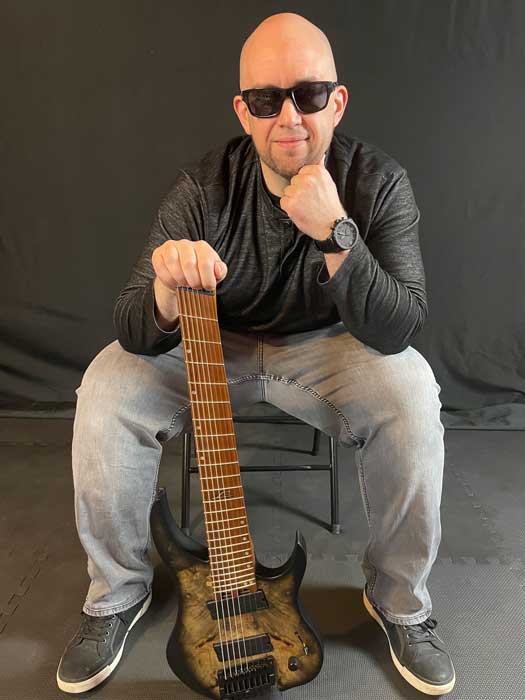
Q6 – How would you rate the All Ears album sound from 1 to 10? And why?
A6 – It’s a spicy modern mix that sounds great, but I’d have to give it a less than perfect rating at a solid 8 out of 10. There’s always this industry debate between organic-sounding production and more modern, sometimes overly produced, mixes. We ended up going with a modern production instead of organic.
The reason I knocked a couple of points off is because the basslines could be more pronounced in the mix instead of the Metallica-esque “…And Justice For All” vibe. For instance, I personally played the bass lines for “High on Power” which has some funky ass slap and pop runs. I struggle to hear them in the mix, but they are there.
Q7 – The first song that you recommend listening to? What makes it special?
A7 – Everyone is telling me they love the song “Combat”, so I’d recommend checking that one out first. We did a lot of cool stuff with the drums to sound like machine guns. It’s a take no prisoners vibe and will get you amped up for anything. Listen to this song in the gym and you’ll crush your workout!
Q8 – The Dead Corps has got only one poorly done music video on their Youtube Channel so far, I personally believe that the visual performance of the band is way below The Dead Corps’ musical standards so far. What would you like to say about this? Do you think this view properly represents this band?
A8 – Yeah, I know, it’s not what you’d expect, right?! (Laughs) That video was never meant to be a serious or professional music video. I saw some editorial YouTube videos on Finn McKenty’s Punk Rock MBA where he pitched the idea that metal and rock is too serious and depressing and to do shit that’s fun instead. I was sitting home during the pandemic and got a little carried away with his idea and made the Skull Crusher video with my one-year old kid. The premise of the video was to have my one-year old son head banging and using miniature instruments in front of a green screen. I was going to have clips of the real instruments being played and edited in to make it look legit, but it came out really amateur. My hope for this video was just to get people to laugh and possibly expose them to my music but I agree that it could have been done better.
We’ll have some proper music videos in 2022, no babies, I swear!
Q9 – What can you tell us about the short and long term objectives of The Dead Corps? What is the next checkpoint?
A9 – The short-term plan is to promote the music and let people know about The Dead Corps and the All Ears album. It’s a bit of a heavy lift as an independent solo artist to create awareness of the music and get fans or listeners. There are no shows planned since this is a studio band with session players and we all live in different places.
In the long run, there’s more music coming for sure but no guarantees on when and if it will be more of the same. After writing 16 songs I need to recharge a bit and find new creative influences!
Q10 – What can you tell us about the metal scene in Toronto? About the general mindset and approaches? Any successful acts you’d like to give a shout-out here?
A10 – Man… if there’s a metal scene in Toronto I have yet to discover it and I’ve been living here for over 25 years. When I was in my previous death metal band, we would play shows to surprisingly empty venues which were often rundown event spaces or dive bars. Most of the people at the shows were from other bands on the ticket waiting to get on stage. Underground metal just isn’t popular here. We get big acts coming through selling sold-out shows but the local scene is dead. For example, I went to an amazing show at the Danforth Music Hall that featured Fit for an Autopsy, While She Sleeps, Arch Enemy, and Trivium. The energy in that place was off the charts but then you go to a local scene show and it just falls flat.
I’m only speculating but metal could be less popular here because Toronto is home to insanely popular artists like Drake and the Weeknd – it’s more of a mainstream music/hip hop/rap/dance city than anything else.
I think metal is bigger on the other side of Canada in British Columbia with bands like Archspire and 3 Inches of Blood.
Better to look for people online to collaborate rather than in your local scene, says Greg Seberras of the Canadian modern metal project THE DEAD CORPS
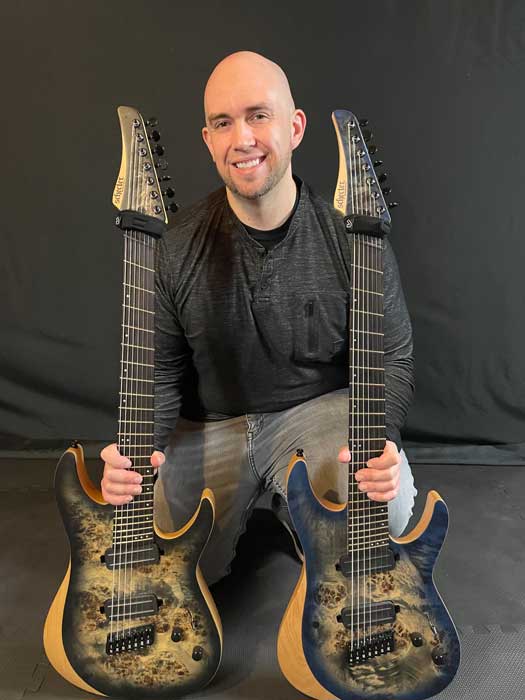
Q11 – What makes a band “great”, and who was the first band who taught you something? What did you learn?
A11 – What makes a great band is “consistency” in my opinion. I hate it when bands drop an album with only a handful of good songs and a bunch of filler or when the first album is absolute fire and they drop a second album that blows. I made sure I did not put any bad songs or filler on All Ears for this reason.
The first band/artist that taught me something was Max Cavalera (Sepultura, Nail Bomb, Soulfly, Cavalera Conspiracy, etc.) who I am a huge fan of. In 2016 I saw Max for the Return to Roots tour in Toronto at the Opera House. I was in the front row and was just blown away by the show. He only uses 4 strings on his guitar and comes up with incredible music. Truthfully, although I play extended-range guitars, I probably only use 4 strings most of the time too! (Laughs) I heard an interview once where Max was talking about the songwriting process and how you have to put in hard work to find “the riff” and that it’s not like god comes along and drops the riff in your lap. This view of his taught me a lot about writing music and pushing through writer’s block. It also enabled me to write 16 songs in a relatively short time.
Q12 – Top 5 albums influenced All Ears?
A12 – These days I’m mostly a melodic/technical death metal, djent, and metalcore connoisseur but my influences for All Ears are deeply rooted in some of these older albums:
- “Vulgar Display of Power” by Pantera
- “Inflikted” by Cavalera Conspiracy
- “The Oncoming Storm” by Unearth
- “Ascendancy” by Trivium
- “The Art of Balance” by Shadows Fall
Q13 – Lastly, what would you like to say to our readers?
A13 – Actually there’s a couple songs for that… (laughs) if you didn’t like the album check out Song 12 “G.F.Y.” and if you enjoyed the album check out Song 16 “Thanks for Listening”. I trust everyone takes this with a sense of humour! Cheers!

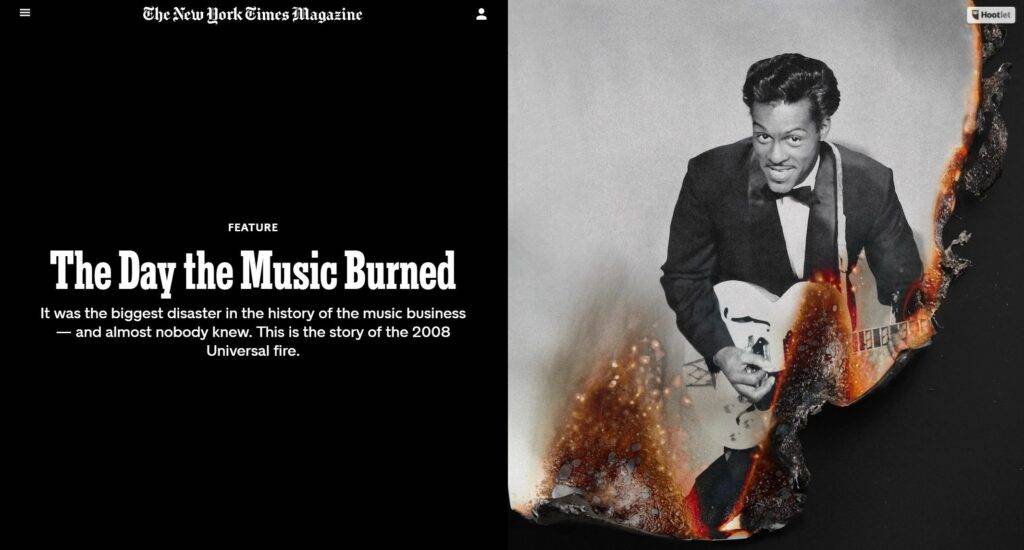
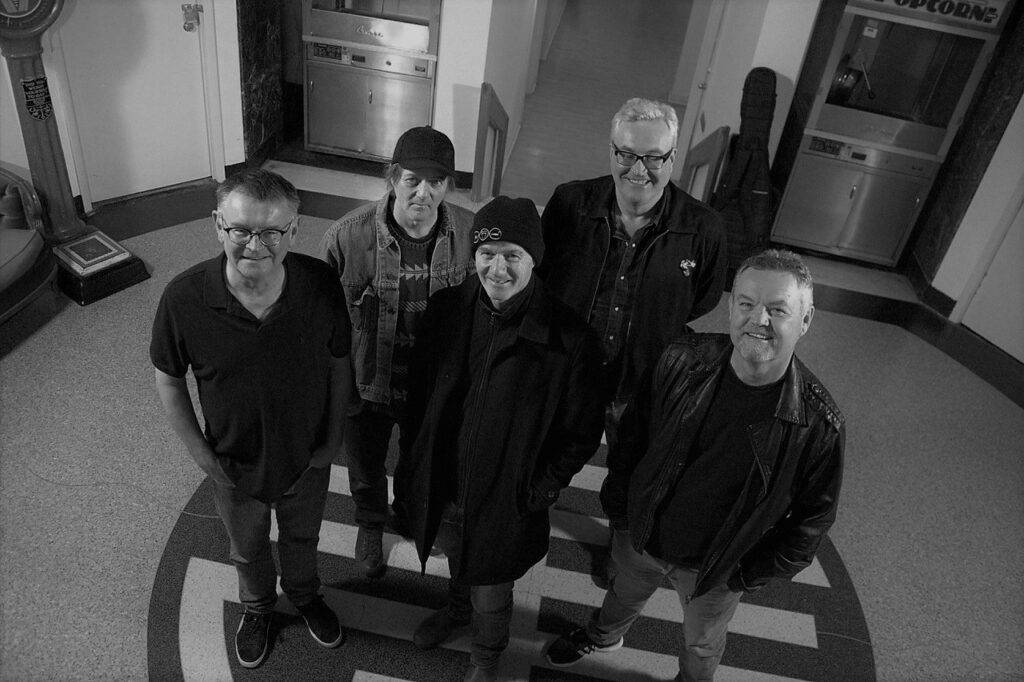
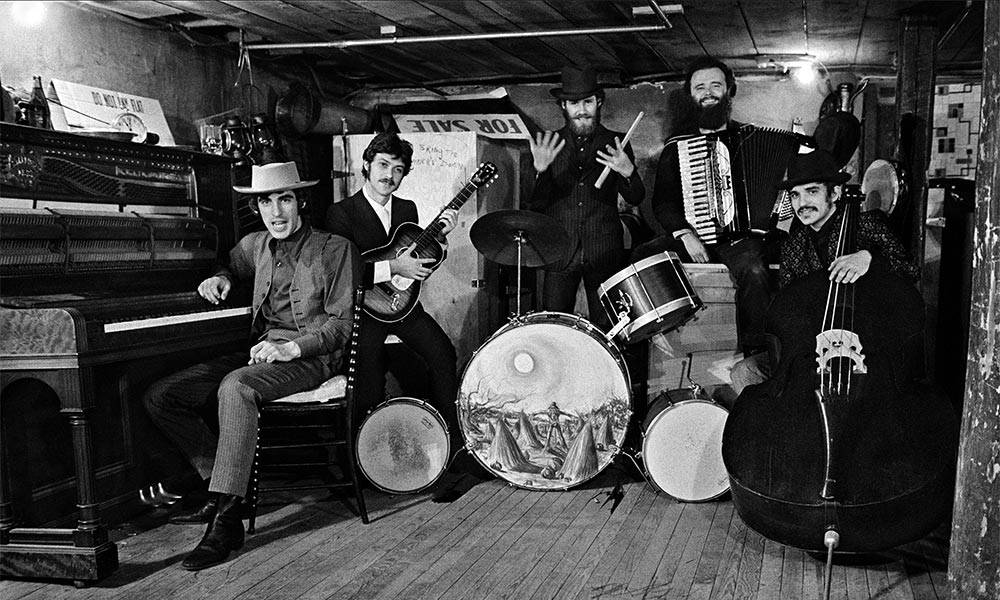
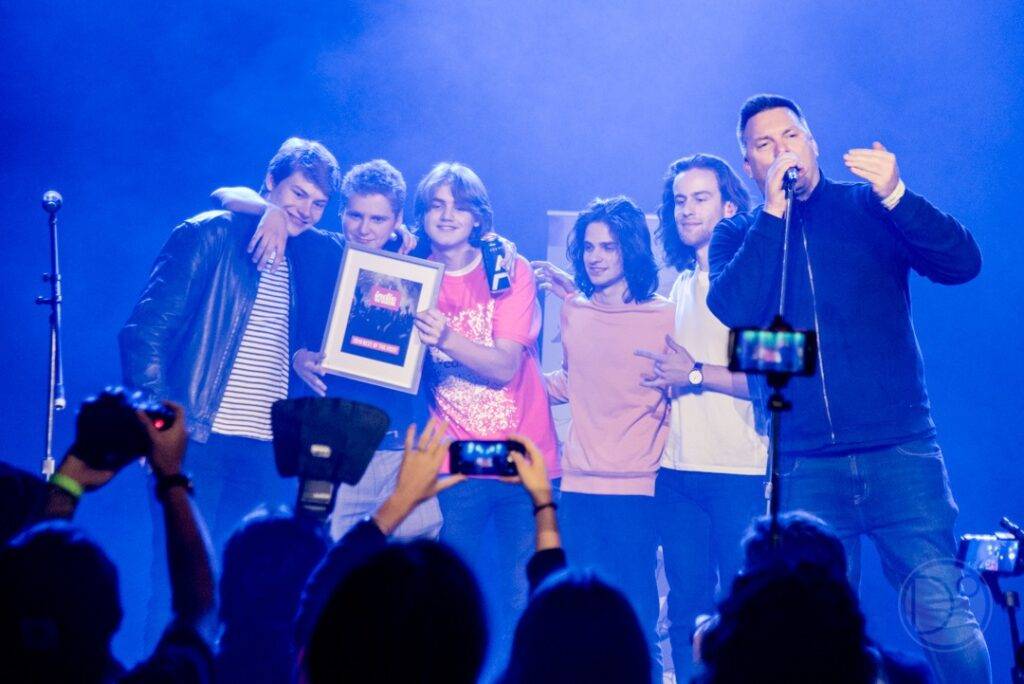

Responses